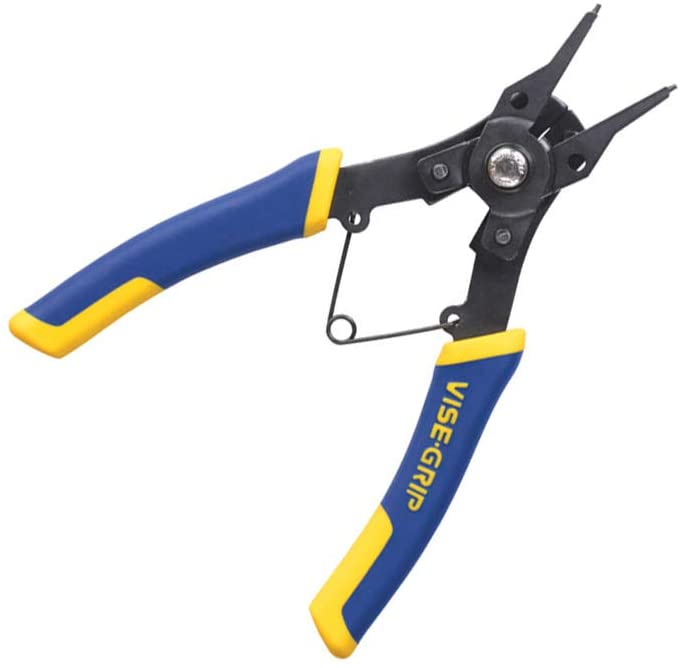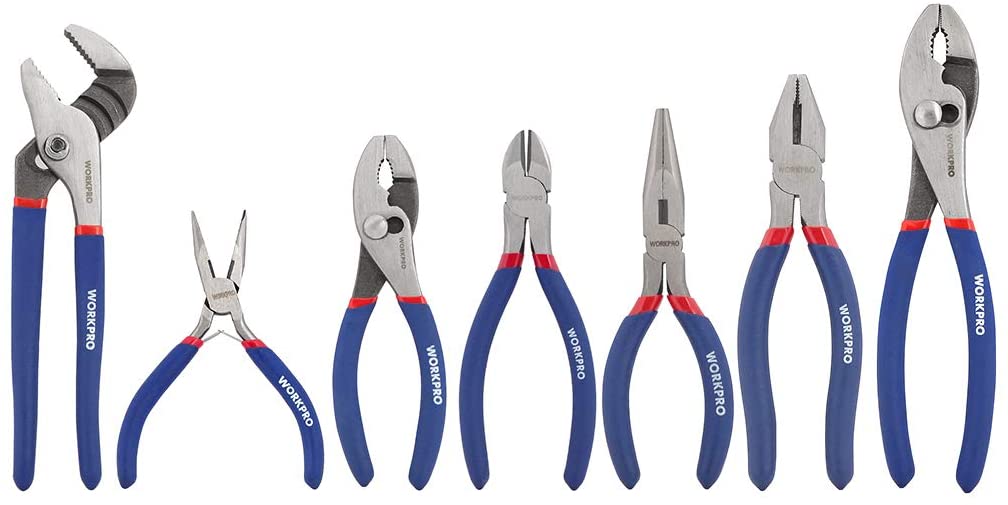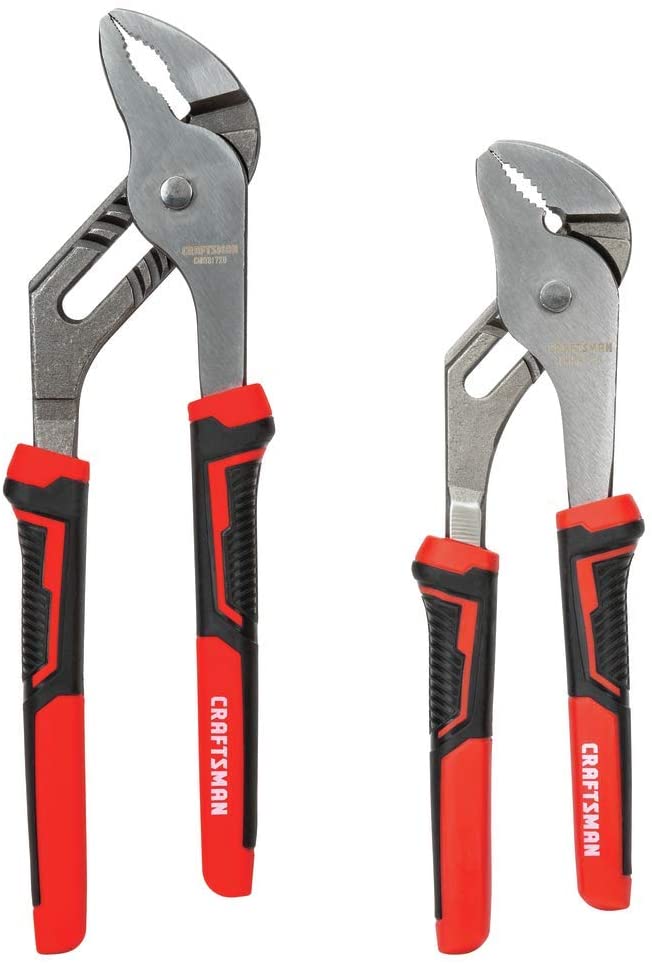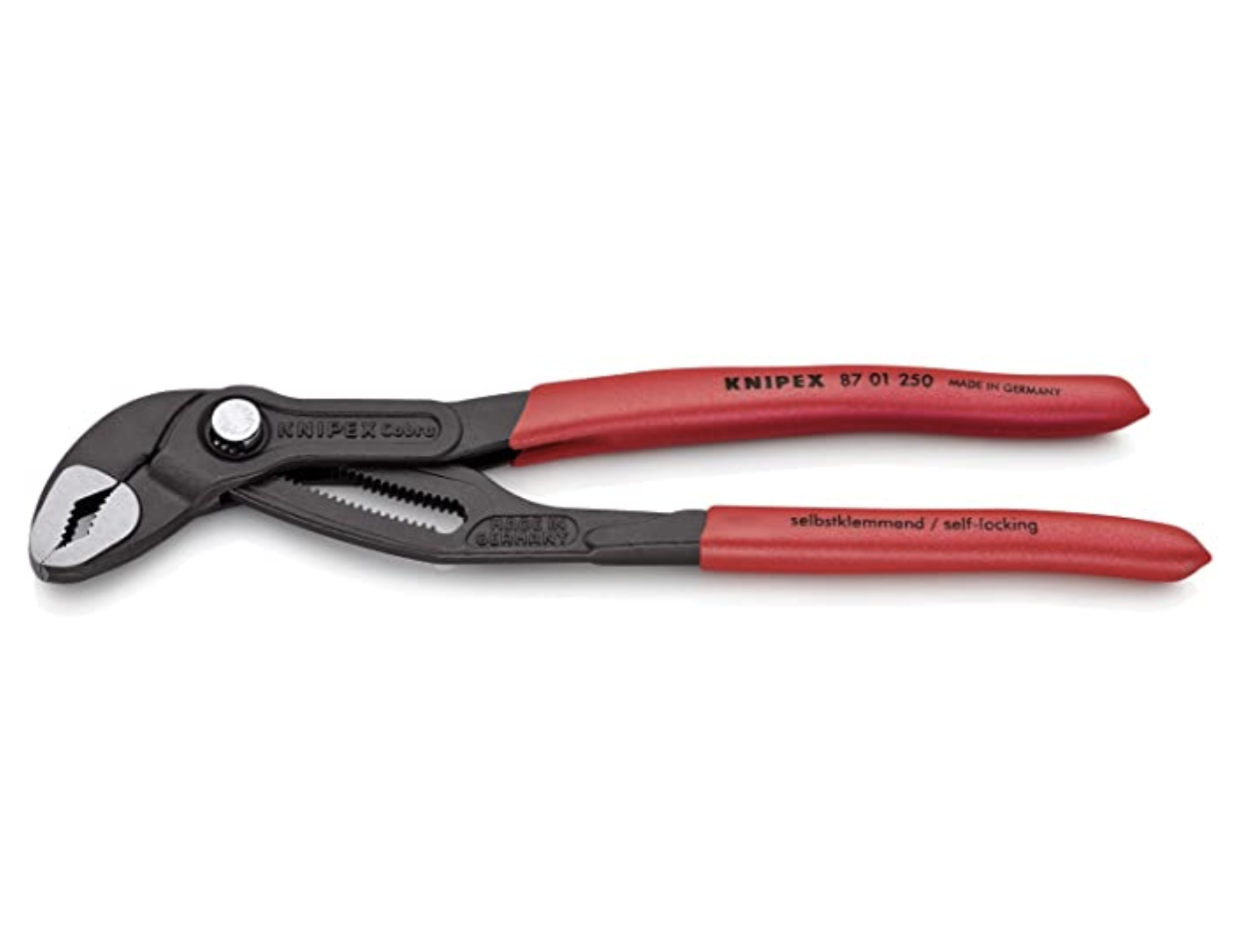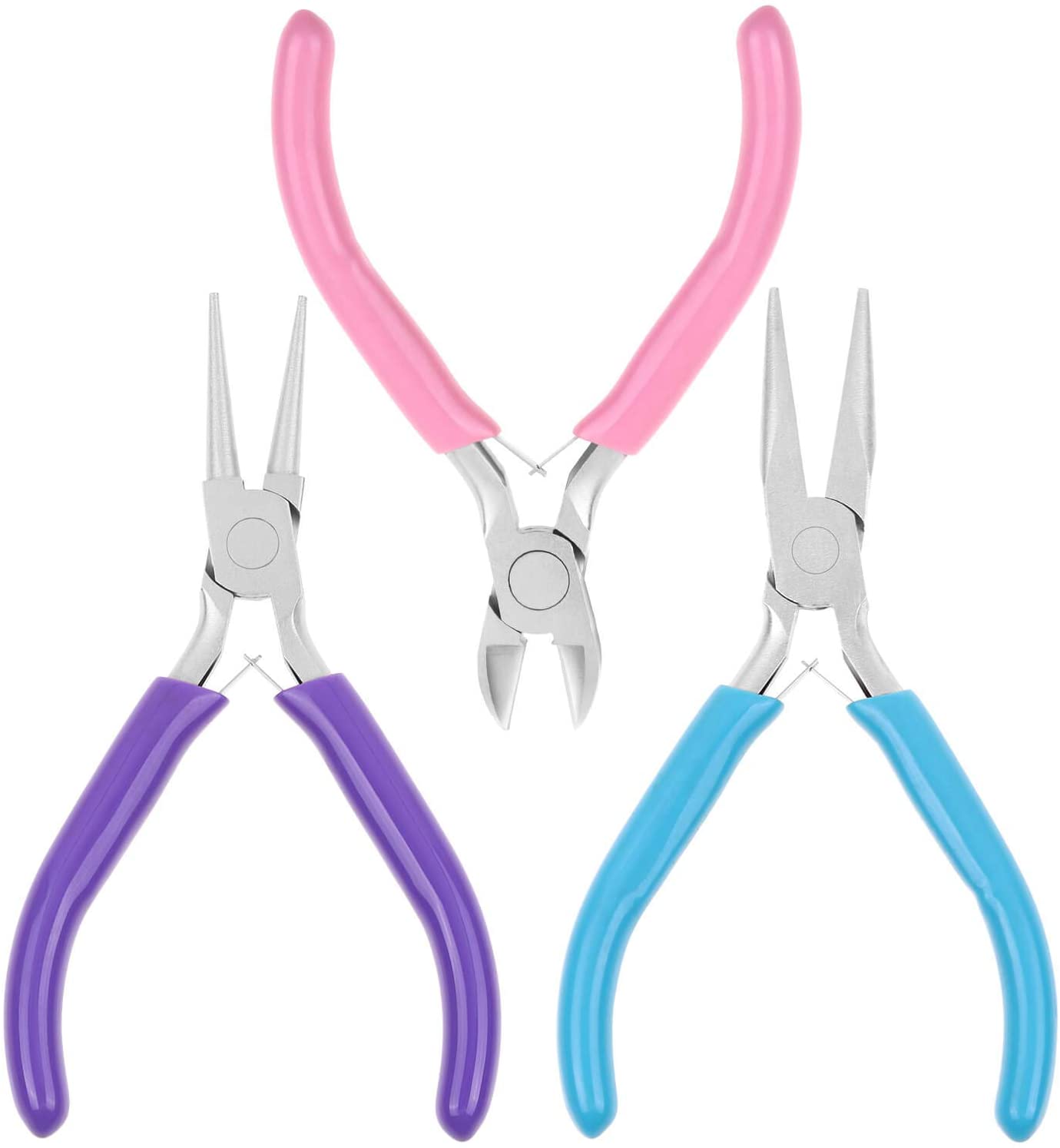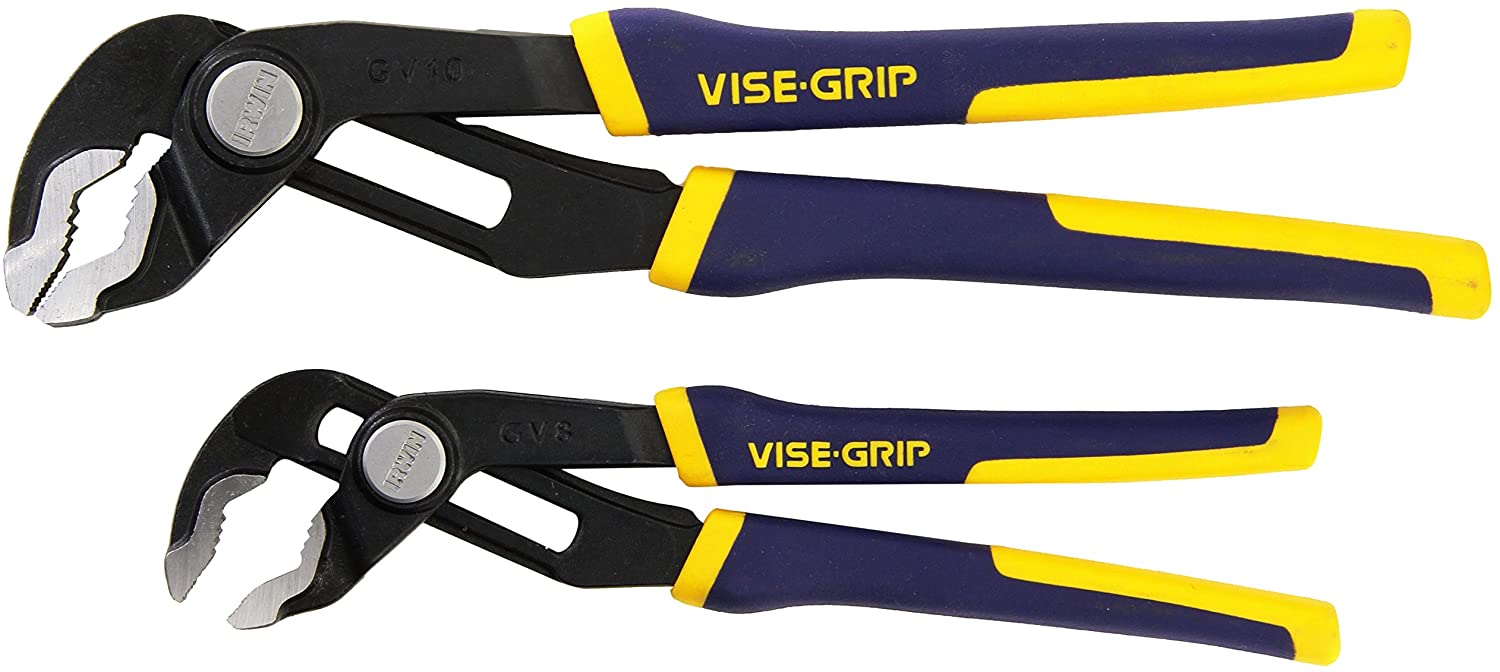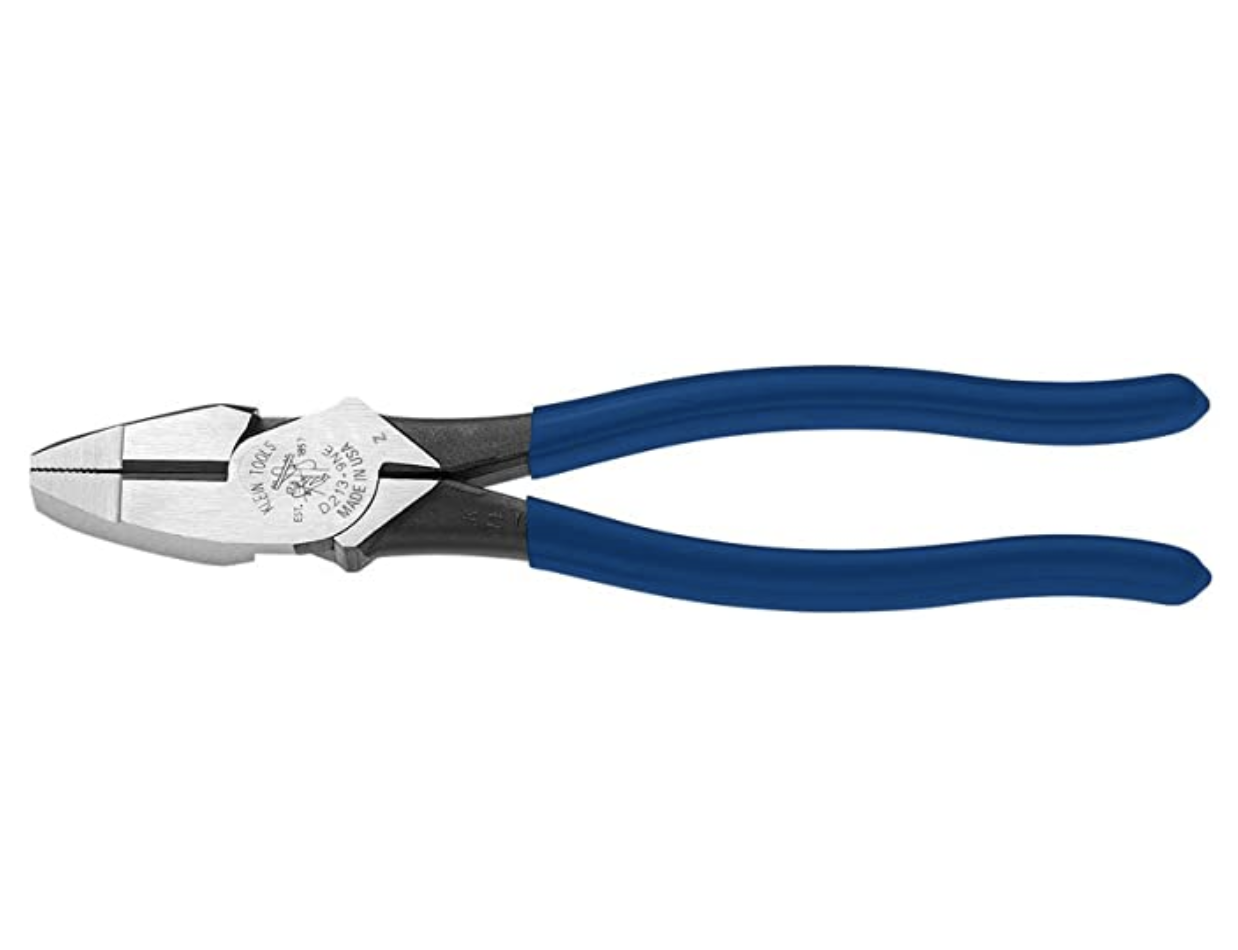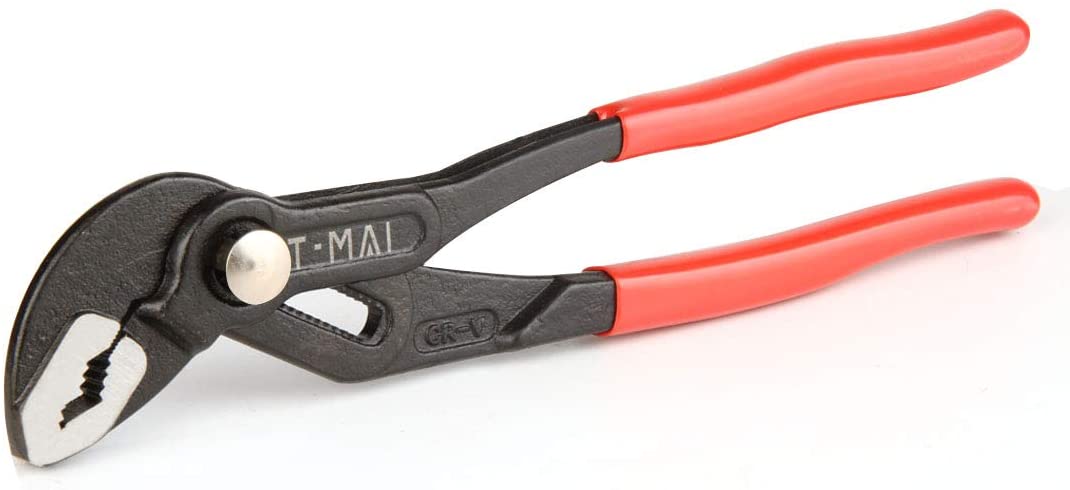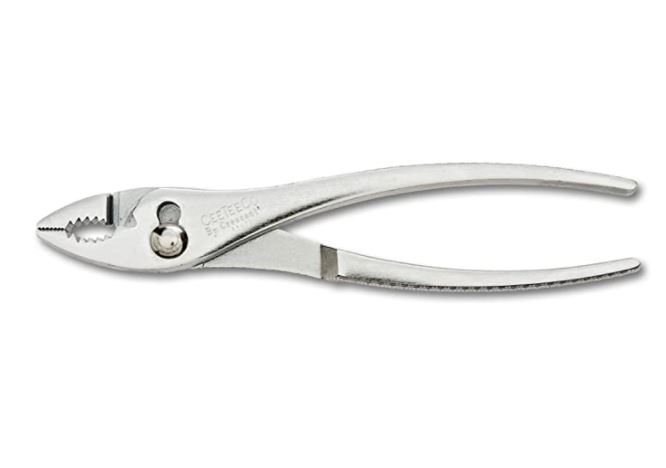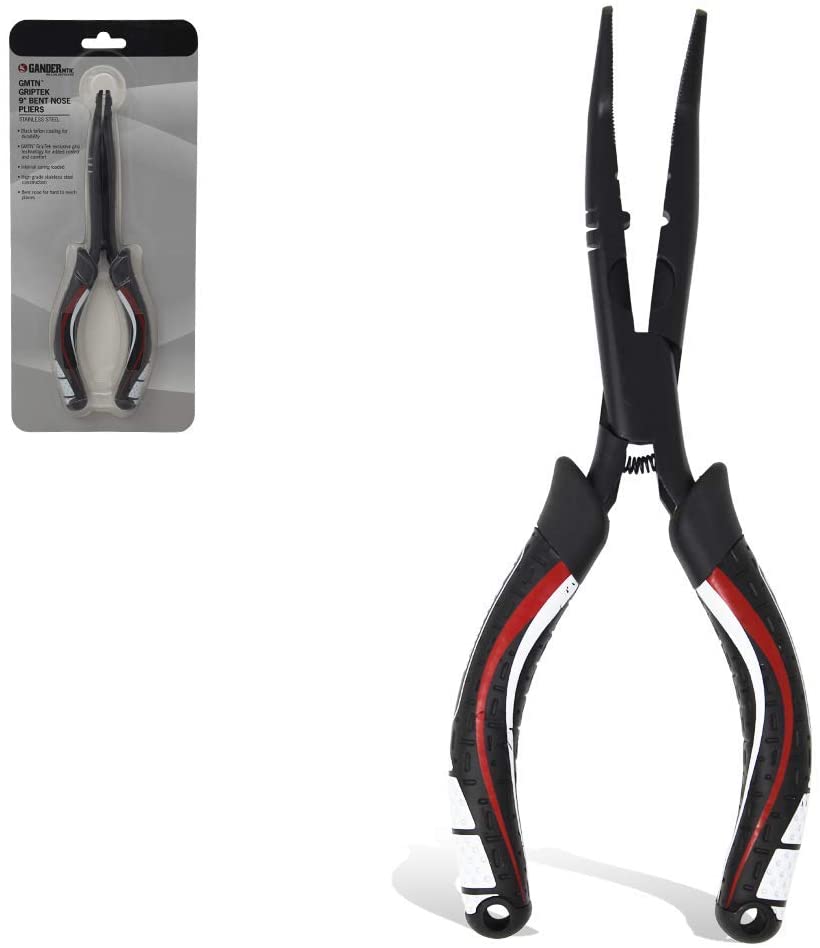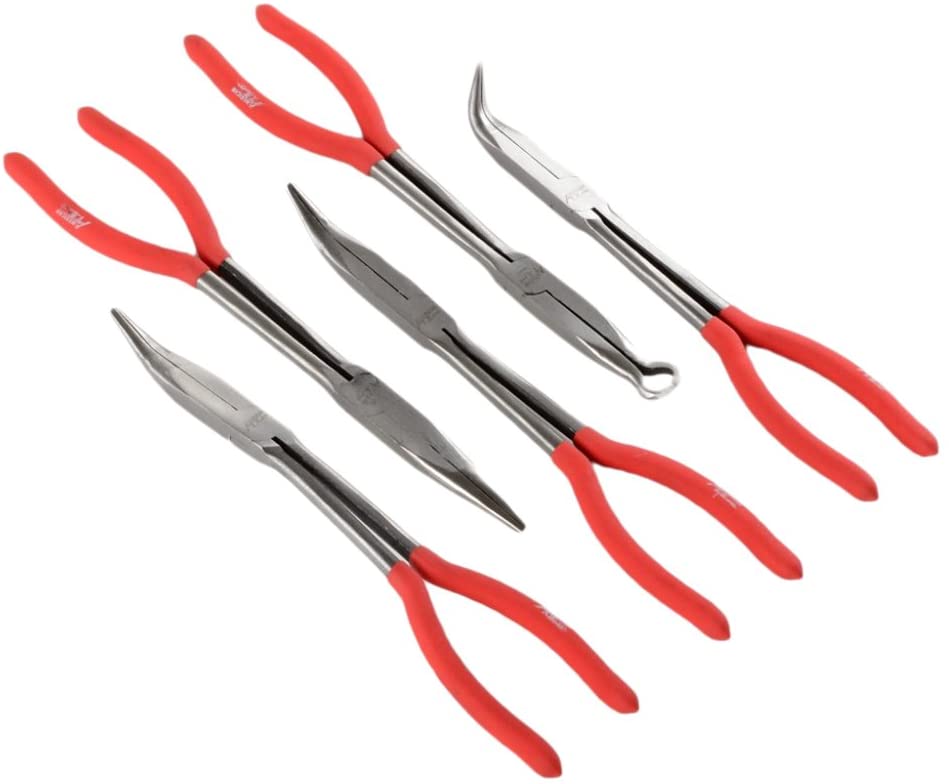IRWIN Convertible Vise-Grip Pliers, 6.5-Inch
Last updated: August 4, 2022
This set of pliers comes with four interchangeable tips, allowing you to move from one project to another with ease. The tool is constructed from durable materials that are designed to last. Users will also appreciate the ProTouch grips that provide an extra layer of comfort.
We looked at the top Pliers and dug through the reviews from some of the most popular review sites. Through this analysis, we've determined the best Plier you should buy.
Product Details
Key Takeaway: The jaw thickness on this set of pliers is 1 inch.
In our analysis of 28 expert reviews, the IRWIN Convertible Vise-Grip Pliers, 6.5-Inch placed 5th when we looked at the top 13 products in the category. For the full ranking, see below.From The Manufacturer
For internal and external use, eliminating the need for 2 sets of pliers. Includes four interchangeable tips for ease in moving from one project to the next. ProTouch grips provide extra comfort for less hand fatigue. Durably constructed for a long life.Jaw Length:6.5 inches. Jaw Width 1-7/20 inches. Jaw Thickness: 1 inches. Backed by the IRWIN VISE-GRIP Lifetime Guarantee. 1 pair of IRWIN VISE-GRIP snap ring pliers replaces 2 for internal or external use. Pliers include 4 interchangeable tips for ease in moving from 1 project to the next. ProTouch grips provide extra comfort and help reduce hand fatigue while using the pliers. 1-inch jaw thickness. Jaw dimensions: 6-1/2″ L x 1-7/20″ W.
